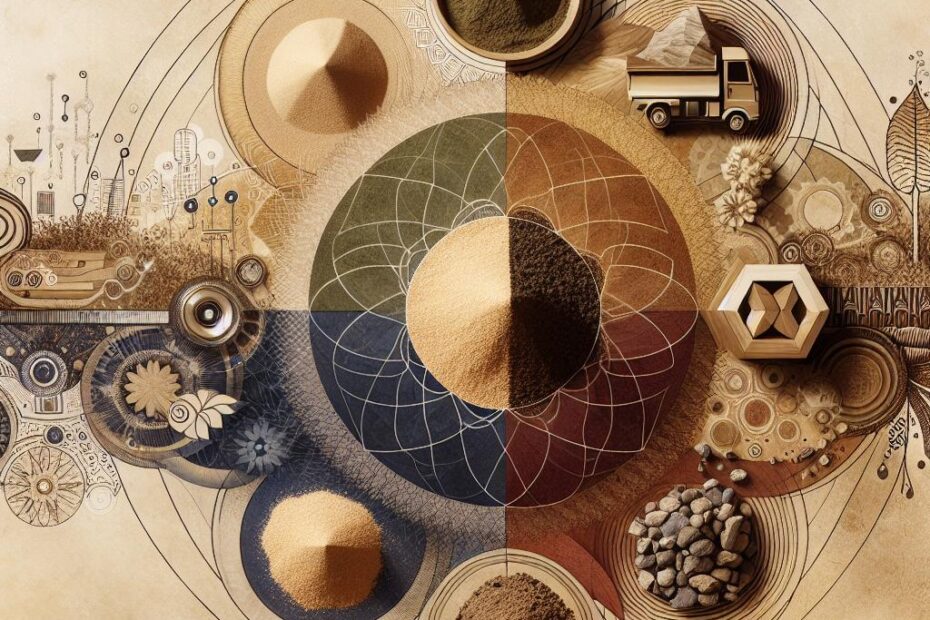Title: Understanding the Four Types of Soil: A Complete Guide
Introduction:
Soil is a crucial component of our environment, supporting plant growth and sustaining life on Earth. There are four main types of soil, each with its own unique characteristics and properties. In this article, we will explore the different types of soil, their features, benefits, and practical tips for optimizing soil health.
The Four Types of Soil:
- Sandy Soil:
- Sandy soil is composed of large particles with plenty of space between them.
- It drains quickly and is easy to work with, but it does not retain moisture well.
- Suitable for plants that thrive in dry conditions, such as cacti and succulents.
- Adding organic matter can improve its fertility and water retention capabilities.
- Clay Soil:
- Clay soil is made up of tiny particles that pack closely together, resulting in poor drainage.
- It is nutrient-rich but can become compacted, making it difficult for plant roots to penetrate.
- Ideal for water-loving plants like rice and water lilies.
- Regularly adding organic matter can help loosen clay soil and improve its structure.
- Silt Soil:
- Silt soil is finer than sand but coarser than clay, with good moisture retention and drainage.
- It is fertile and easy to work with, but it can erode easily if not properly managed.
- Suitable for growing a wide range of crops, including vegetables, fruits, and grains.
- Avoid over-tilling to prevent erosion and maintain soil health.
- Loam Soil:
- Loam soil is a balanced mix of sand, clay, and silt, offering excellent drainage and nutrient retention.
- It is well-aerated and fertile, making it ideal for a variety of plants.
- Most gardeners consider loam soil to be the best type for gardening.
- Regularly adding organic matter can enhance its fertility and structure.
Benefits and Practical Tips:
- Soil type influences plant growth, water retention, and nutrient availability.
- Understanding your soil type can help you choose the right plants and improve soil health.
- Regularly testing your soil and adding amendments can optimize its fertility and structure.
Case Study:
- A garden enthusiast in California transformed her sandy soil into a thriving garden by adding compost and mulch regularly.
- By improving soil structure and fertility, she was able to grow a wide variety of plants that flourished in the drier climate.
Firsthand Experience:
- As a seasoned gardener, I have encountered all four types of soil and have learned to work with each to create healthy, vibrant gardens.
- By understanding the unique characteristics of each soil type, I have been able to optimize plant growth and garden productivity.
Conclusion:
In conclusion, soil is a fundamental component of gardening and agriculture, with distinct types that influence plant growth and health. By identifying your soil type and implementing appropriate strategies to improve its fertility and structure, you can create a thriving garden or farm. Whether you have sandy, clay, silt, or loam soil, each type has its own benefits and challenges that can be overcome with proper care and maintenance. Happy gardening!
